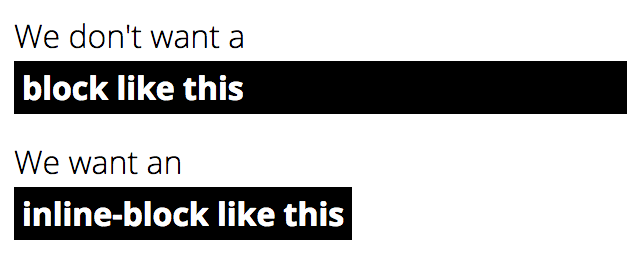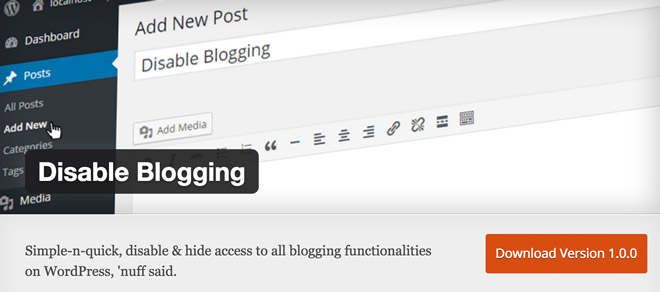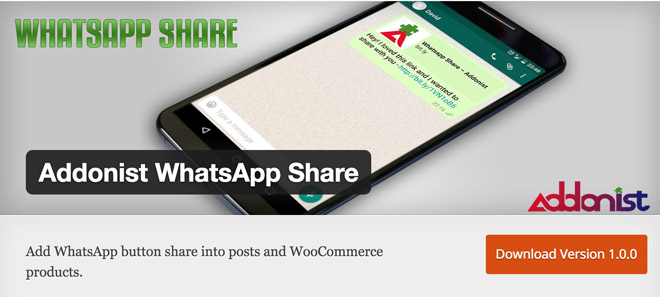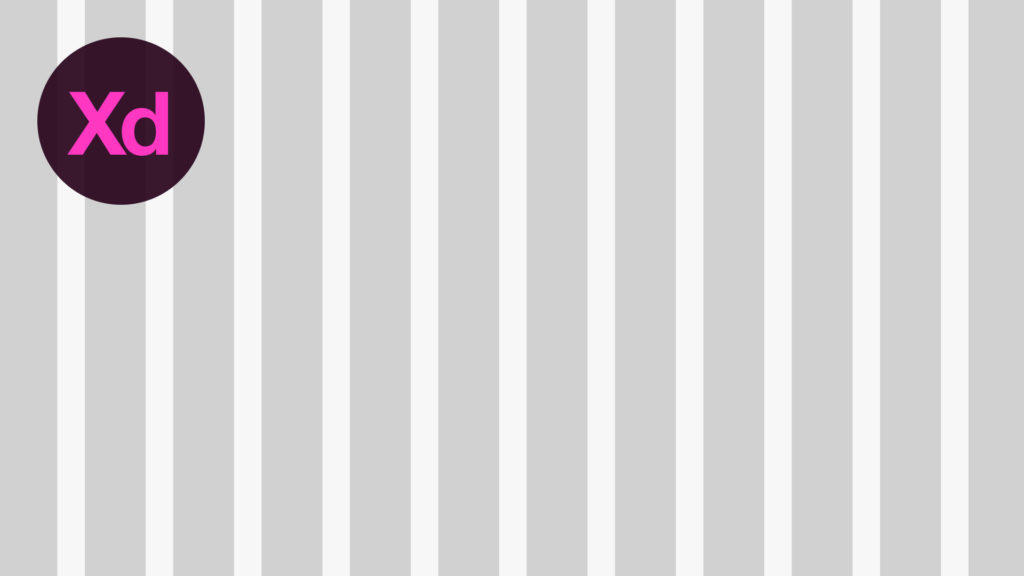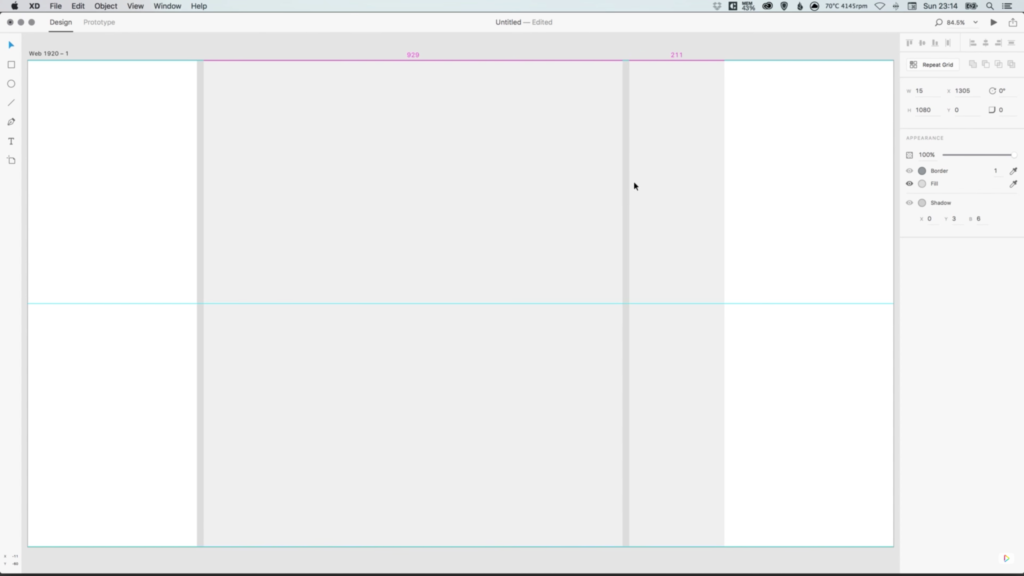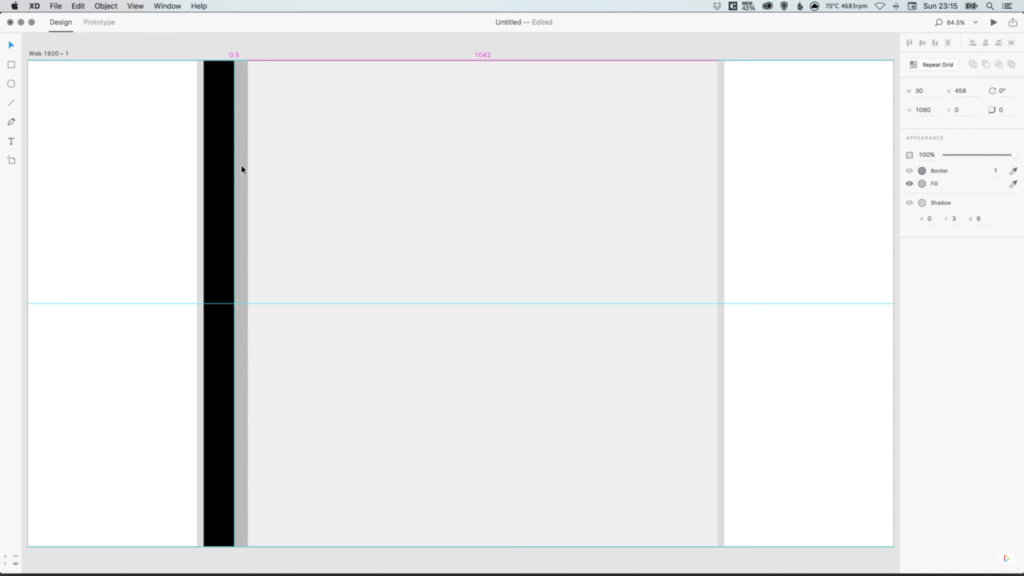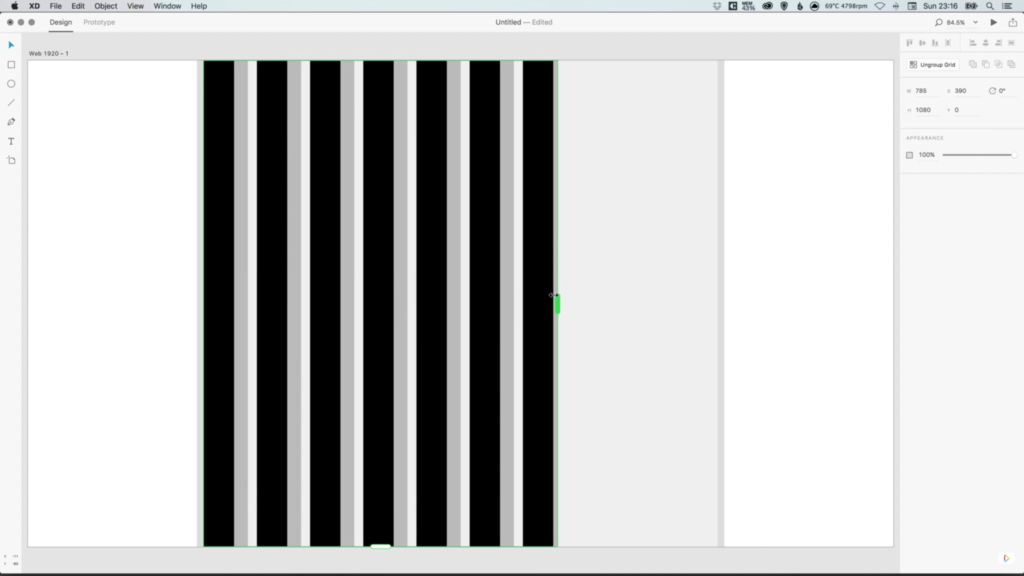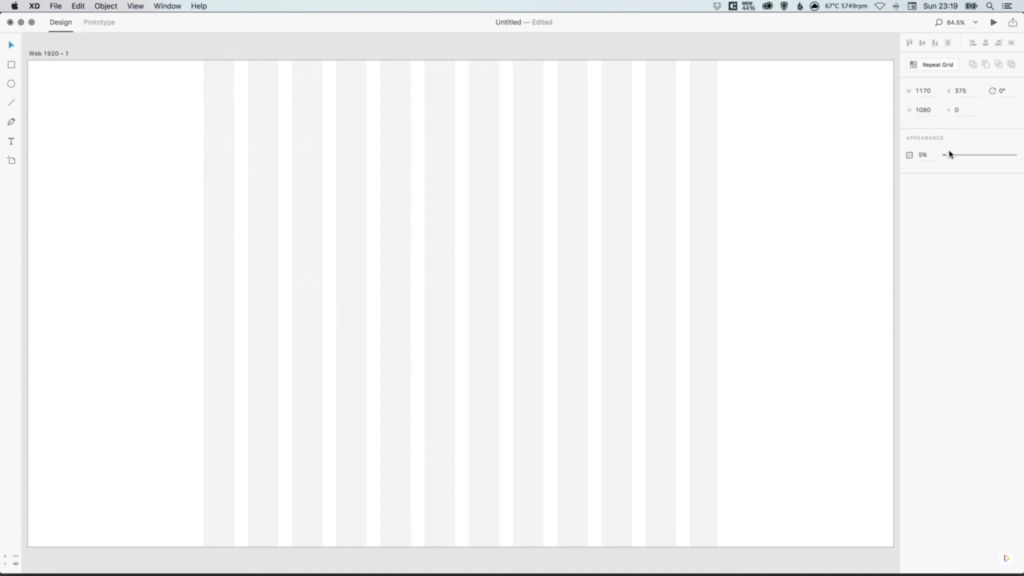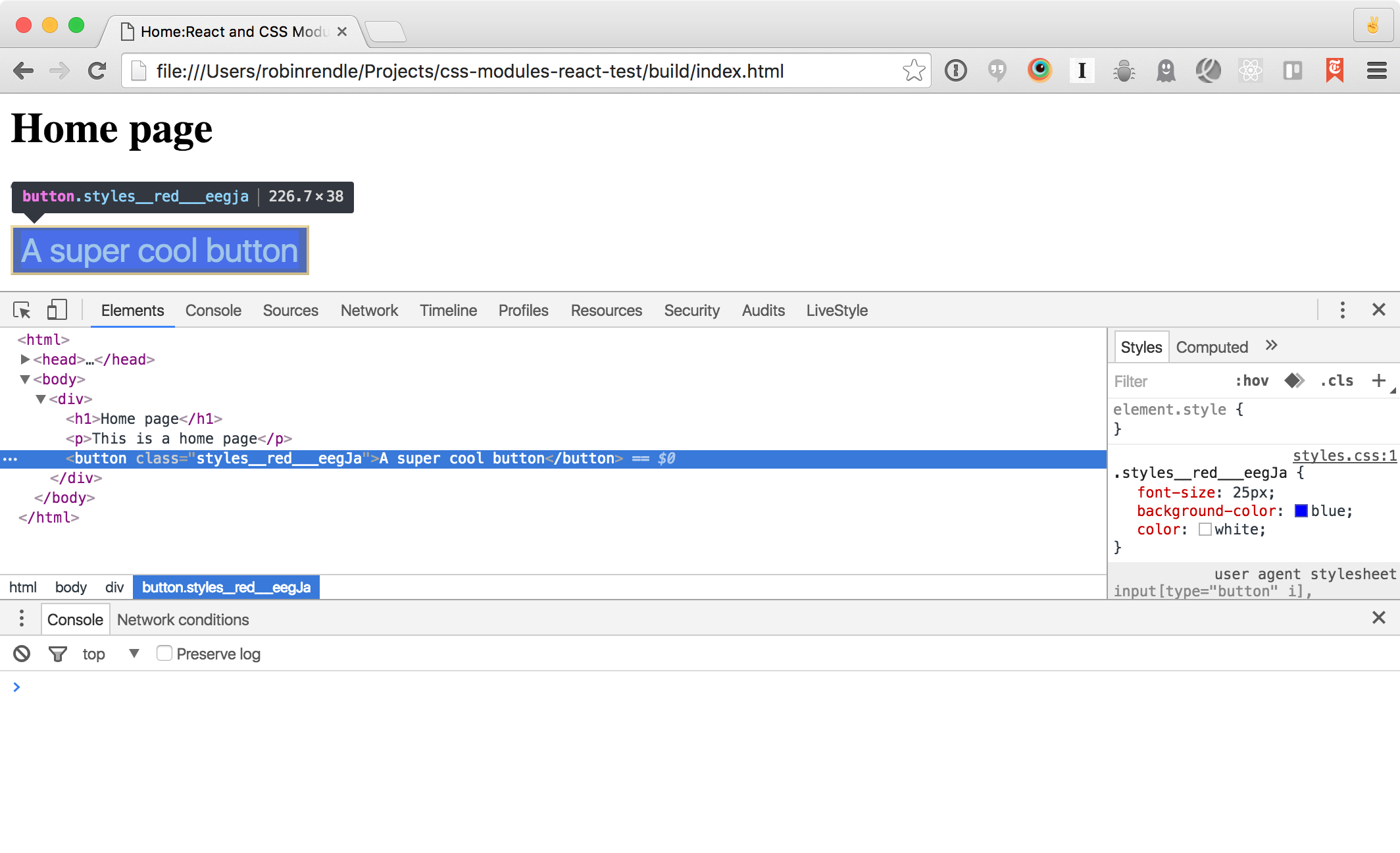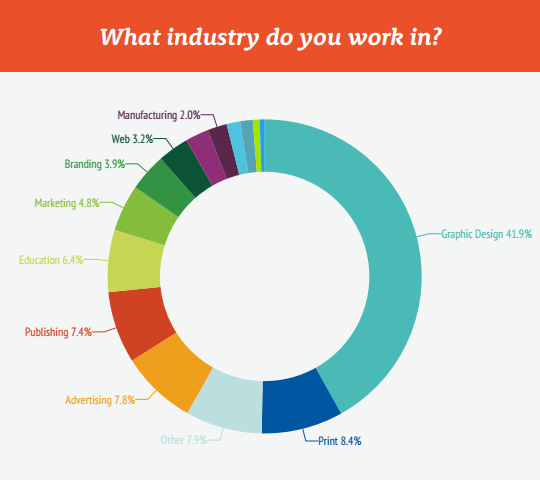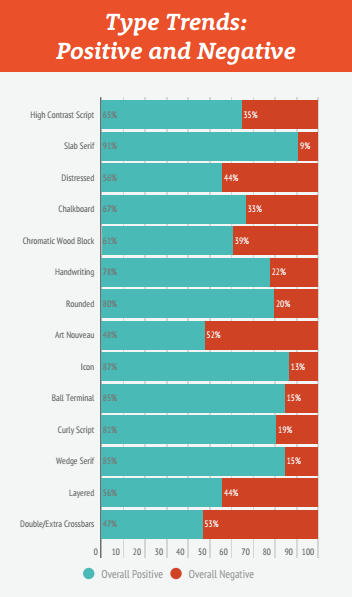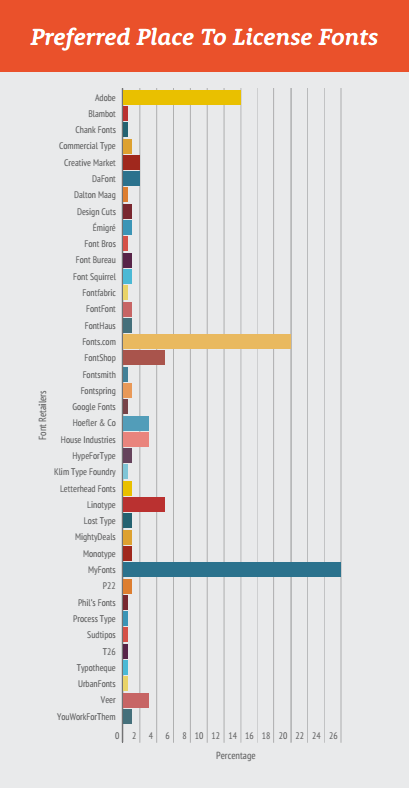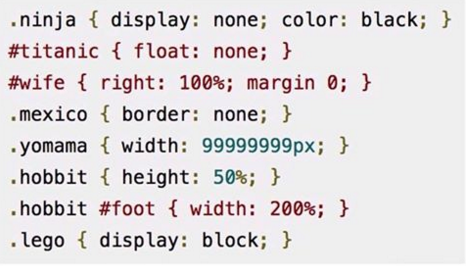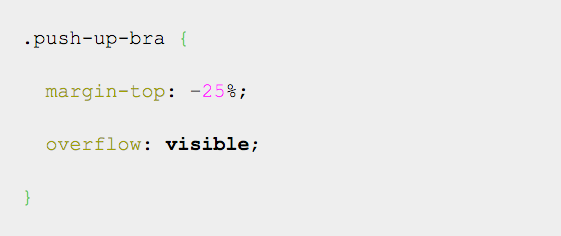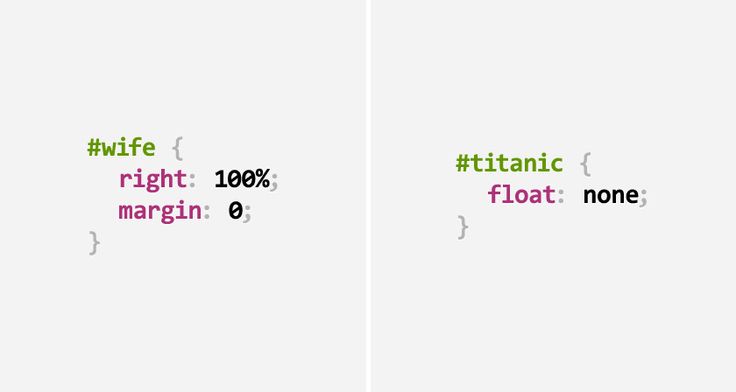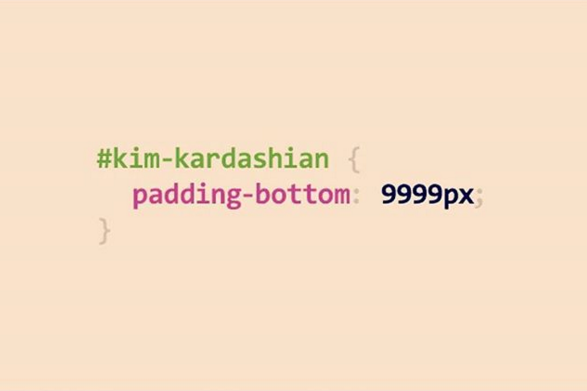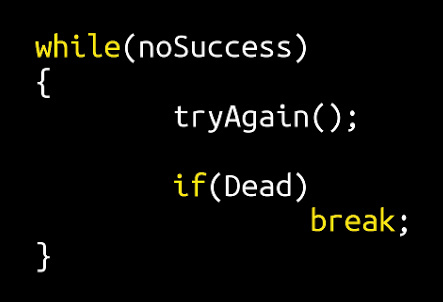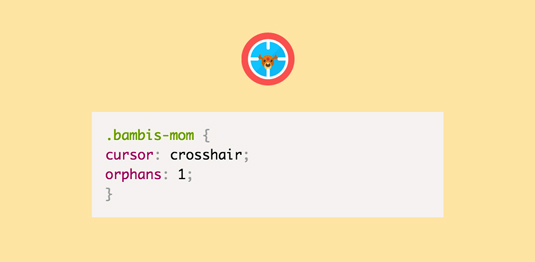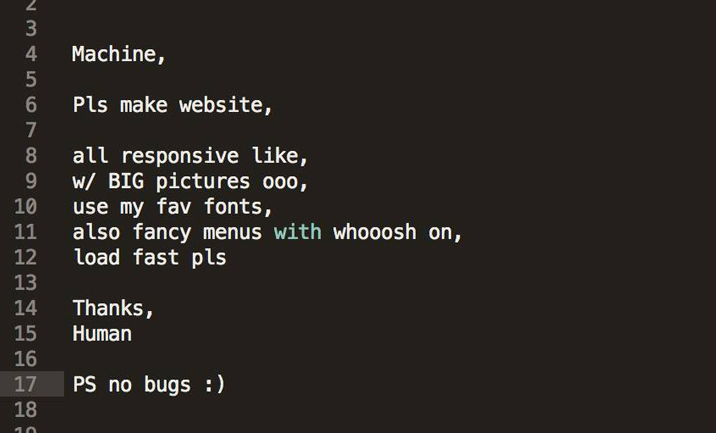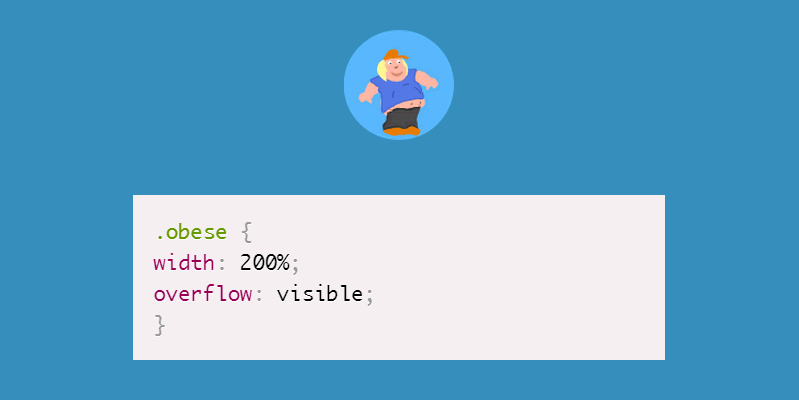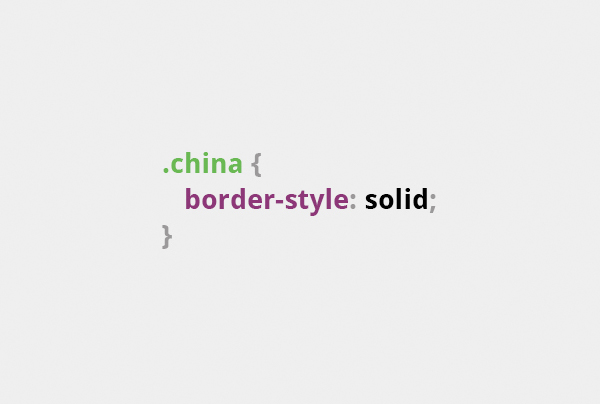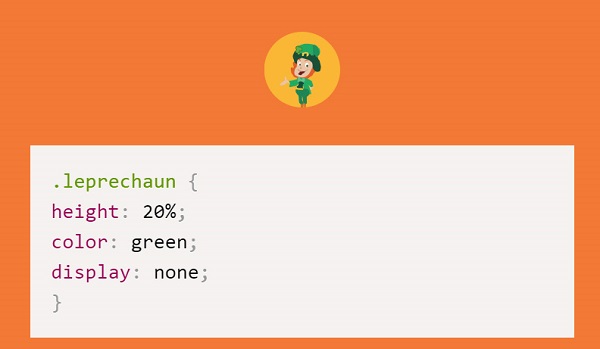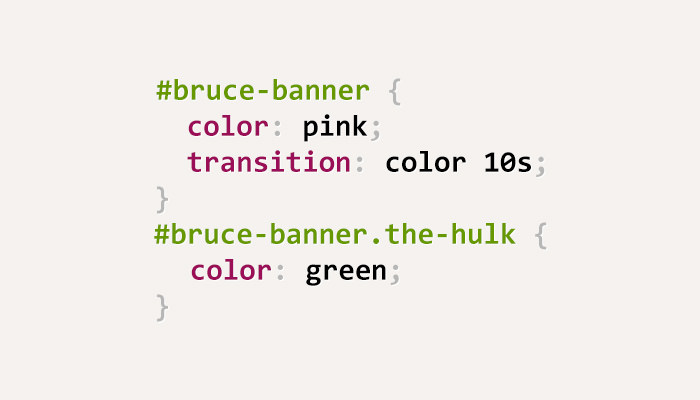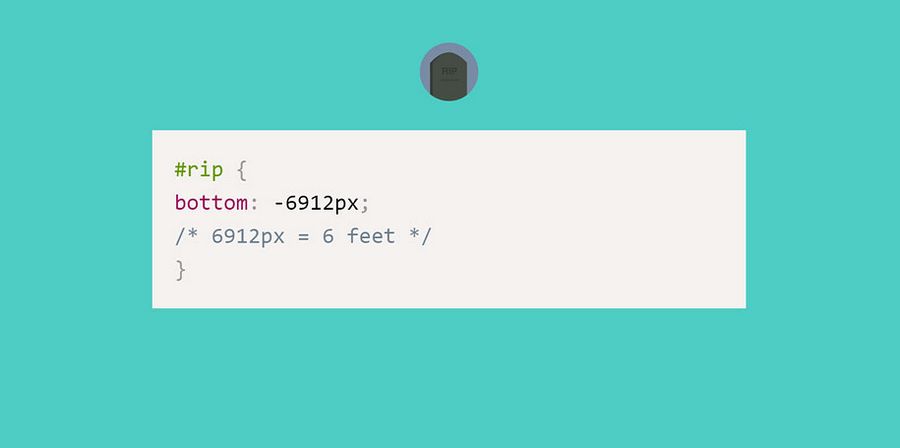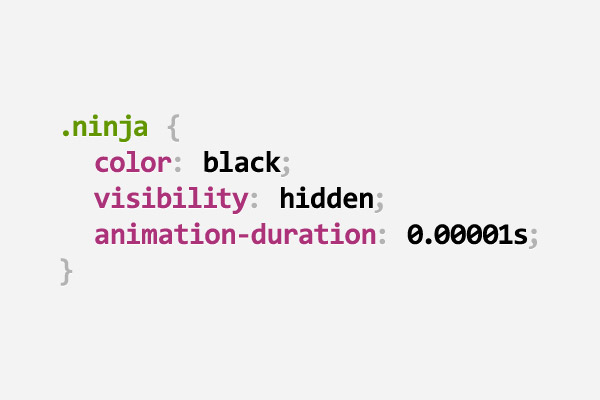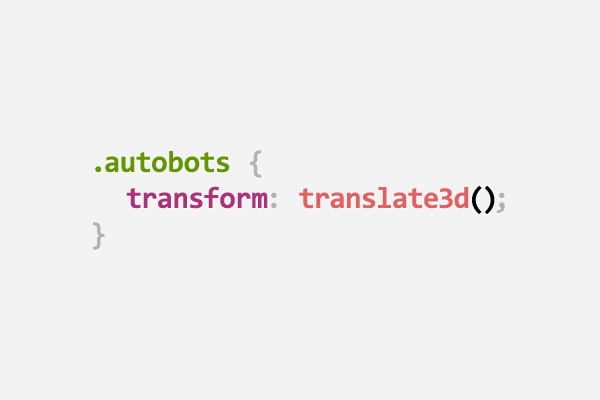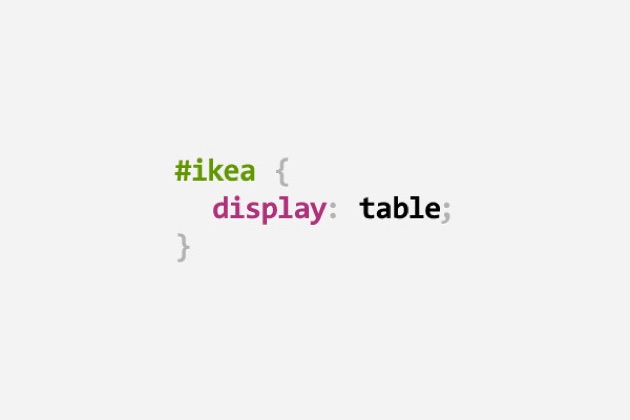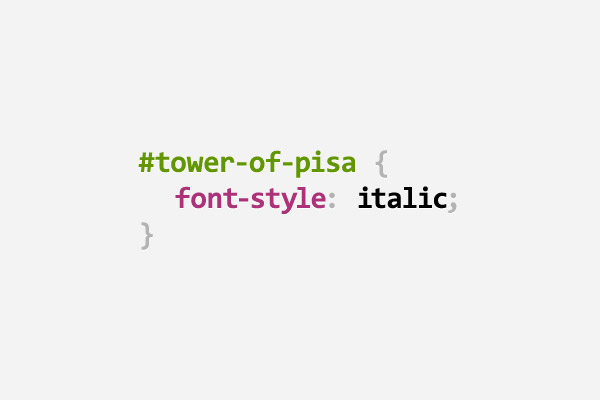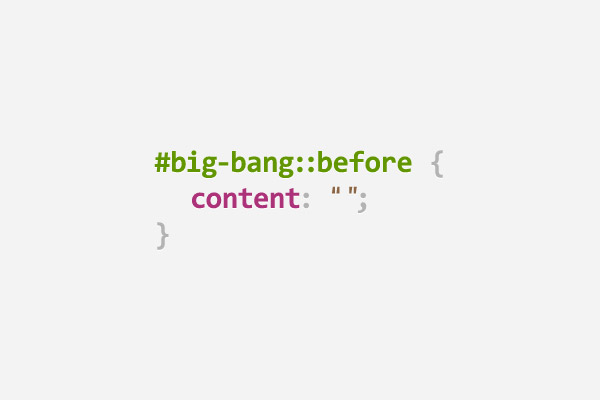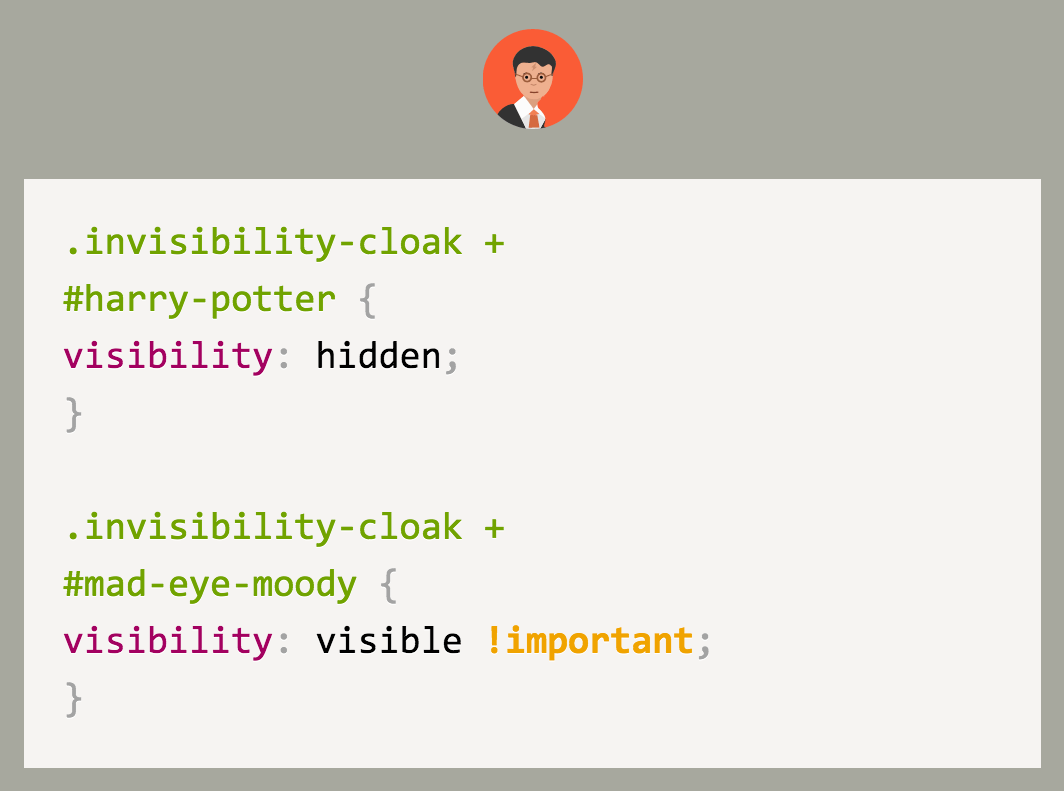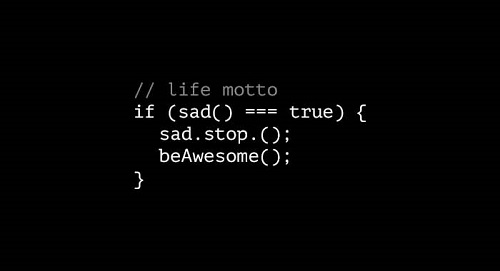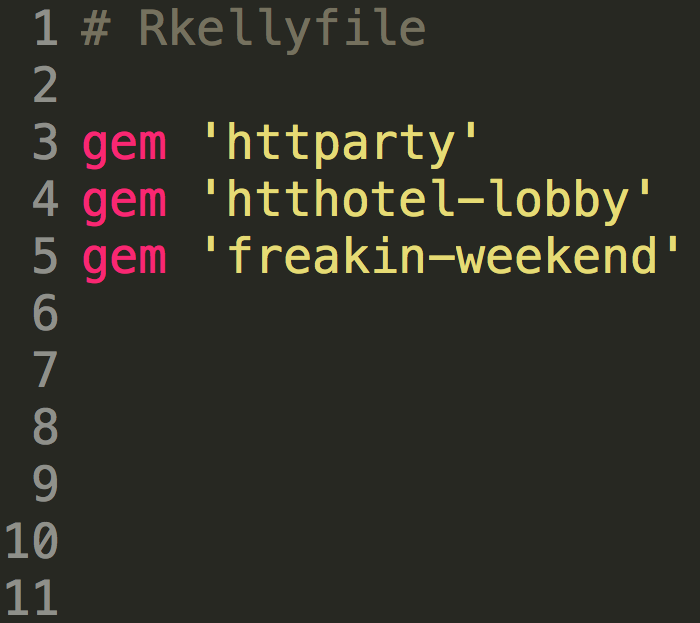50 fresh resources designers, May 2016
Hey there! Here we are again with a huge selection of freebies for you to enjoy. Scroll down and you’ll find tons of amazing icons, texture effects, fonts, templates, and themes. Go ahead and download it all. Enjoy!
Flat office vector icons
An amazing set of 150 flat, responsive icons that are delivered in EPS, PDF; SVG, and 4 sizes of PNG (16, 30, 40, and 80 pixels) featuring a different design for each of the sizes.
50 company line icons
An amazing set of 50 icons featuring thick and thin lines, with angular and rounded corners, they are pixel perfect designed and delivered both positive and negative versions in Ai format.
Colorful icons set
A great set of over 500 nice colorful icons that feature soft black outlines and round edged lines and shadows delivered in Ai, SVG, and several sized PNG formats perfect for applications and web interfaces.
Humongous 80k iPhone icons set
An amazing set of more than 80 thousand icons crafted by following the iPhone guidelines in a filled style delivered in Ai and SVG format files, it counts on more than 20 different industries with thousands of icons each.
Old weathered wood textures
A set of 18 beautifully crafted textures that represent old and worn down wooden surfaces which underwent the effects of exposure to extreme weather.
Chalkboard Photoshop text effect
An amazing text effect for Adobe Photoshop featuring Smart Object layers that allowing you to create text on a black chalkboard in two different colors, one for the body and one for the shadow of the text.
Cardboard box mockup
An unusual branding mockup that features a cardboard box in both transparent and gray texture background that comes available in PSD format and 5 different facets customizable through Smart Objects.
Sketch Apple Watch templates
A set of fully scalable and editable vector based Apple Watch templates that come available in Sketch format featuring every Aluminium, Stainless Steel, and Edition color available as sports bands.
Dark tri-fold template
A professional looking tri-fold template that comes in vector PSD and Ai file formats. Featuring square, rather wide sections, perfect for company branding, infographics, analytics, and similar sort of content showcasing.
Oh My!
An amazing designer’s toolkit that counts on a scene creator, mockup templates, a logo creator, text effects, and inspiration booster, delivered ready to be used in Photoshop.
Wyre
Wyre is a set of more than 120 web layout tiles for website maps delivered in vector Ai, EPS, and SVG format files being fully scalable and editable.
Translucid dashboard
A beautiful dashboard composed of translucent and solid elements that feature a soft color scheme giving it a very nice look, it comes available in PSD format perfect for modern administration dashboards.
Neptun
Neptun is a kit of 6 nicely crafted screen templates for mobile (iOS phones) that feature a minimal yet modern style delivered in PSD format files, it is perfect for dashboard management applications.
WatchOS2 UI design kit
A Human Interface Design kit for Apple Watch devices that comprises 1000 different elements that compose 186 screens sorted out in 18 different categories.
Avital
A stylish UI kit for mobile phones with iOS 8 including more than 21 fully customizable screens sorted out in 7 different categories and delivered in both Sketch and PSD format.
Retina-ready iOS9 UI Kit
Quite a complete UI kit that comprises close to 300 vector-based Retina-ready elements such as status bars, keyboards, alerts and notifications and many more. Available in Ai format, free for personal projects.
Exodus
Exodus is an amazing display uppercase font that features 6 different styles like regular, stencil, and sharpen, perfectly suitable for elegant logos or signs.
Sweet Sorrow
Sweet Sorrow is a nicely crafted font that features an old-fashioned look for its script-like characters. It is inspired by 1950s signs and is delivered in OTF and TTF format featuring nice dynamic curves and some ligatures.
Quantum
Quantum is a beautiful sans serif typeface that features smooth curves and 3 weights for its uppercase and lowercase characters, as well as nice features like little gaps for perpendicular joints of lines.
Jitzu
Jitzu is quite a fancy didone typeface that is available in basic and swash styles, featuring 5 weights each for its uppercase and lowercase characters, and it supports multiple languages by counting on several accentuated characters.
Fantastic collection of 50 font pairings
Perfect combinations are essential in web and print design, so don’t hesitate to take this amazing over-50-font-pairing collection which displays combinations of Google Fonts in several scenarios like business cards, blog entries, quote blocks, and more.
Restaurant website PSD template
Voila is a restaurant template delivered in PSD format featuring a creative yet professional looking layout that counts on overlaying thumbnails and beautiful typography.
Patagonia
Patagonia is a nicely crafted eCommerce website UI kit that features round corner cards composed out of colorful elements cleanly organized, big transparent background images, and shadowed elements.
Clemo
Clemo is an amazingly well-designed blogging website template that is delivered in PSD format featuring a clean and modern style counting on big thumbnails organized as borderless tiles, a Pinterest-like grey-scale gallery, and more.
Gratia
Gratia is a restaurant website template beautifully designed in PSD format featuring a dark texturized background as well as huge transparent background images as well as big cards for showcasing dishes and menus.
Llorix One Lite
A neatly crafted WordPress theme for agency business that features a clean and professional look featuring a one-page introducing home page as well as secondary pages for contact, shop, and download purposes.
BlurAdmin
A beautifully crafted dashboard administrator template made in web technologies featuring smooth and eased animations for its interactive charts. It counts on a left sidebar menu and a complete set of diverse elements.
Garage
An amazing Bootstrap theme for car retail business websites that features a filtered search at the bottom of its home page’s header image, you can search cars by keyword, category, and ranges of year and price.
Spore
Spore is a beautifully crafted HTML5 template that features a masonry grid layout for its main posts content counting on full and neat responsiveness and nice and smooth fading and ease-sliding transitions.
Animated Animals
A cool animation purely made in CSS and SVG that represents animals in different multi-layer environment giving it certain sense of depth since they come walking up from behind some hills.
WebGL image slider transition
An amazing snippet in JavaScript using WebGL technologies allowing you to generate a beautiful particle transitions between images of a slider.
Responsify
A great snippet generated with no more than 250 lines of Jade, SCSS, and Babel code that allows you to test the responsiveness of your website in four types of device; mobile, tablet, laptop, and desktop.
Responsive column layout
Cool viewport-sized collapsable columns, each featuring a label for the section they represent, it features nice flat style effects that expand as you click on them to show the whole section.
CSS animated puzzle
An animated grid layout for photo gallery purposes that initially showcases the photos in disorganized jigsaw pieces that flip themselves to get organized and compose the image as you hover over them.
CSSX
CSSX is a set of tools that allow you to write in JavaScript vanilla CSS code, currently working well with Webpack and Gulp. No new syntax was generated and it is still the regular CSS that comes alive in JavaScript.
DeckHub
DeckHub is an amazing desktop client for Github repositories management that allows you to get feed and push notifications, customize, rename, and reorder feeds as you like them, mix different repositories, users, and organizations, and more.
Cocycles
Cocycles beta is a web tool that allows you to search open source code by functionality, currently supporting JavaScript, and soon supporting Ruby, Java, PHP, and Python.
Caddy
Caddy is a web server for HTML/2 that features fully managed SSL, supporting IPv6, markdown, WebSockets, FastCGI, templates and more. It comes available for designers, bloggers, and developers.
Collection of coders’ games
An amazing collection of games and contests online for all levels of developer around the world, learn from a beginner’s level or join extremely complex contests for the biggest companies and revamp your skills as you go.
Kite
An amazing tool that will revolutionize the productivity of your code as it saves you from surfing the internet for researching languages, Kite showcases on a floating wing popularity-sorted autocomplete options as you code as well as documentation and examples that you can explore on the go.
Bootstrap 4 cheat sheet
A complete reference for the 4.0.0-alpha.2 version of Bootstrap organized in a layout that will allow you to search functions and preview their snippet example with a visual preview in the bottom half of the screen
Awesome tools and resources
An awesome collection of more than 100 tools and resources for web development counting on resources such as JavaScript libraries front-end frameworks, web app frameworks, package managers, and more.
CodeTasty
CodeTasty is a powerful Integrated Development Environment hosted directly in the Cloud that allows you to have all of the features a desktop IDE would offer, but with additional ones that only a cloud application can provide.
Jam API
Jam API is an amazing service that allows you to turn any website into a JSON accessible API using CSS selectors, it auto pulls the img src on corresponding elements, pulls the href from links, and much more.
Turntable.js
A responsive jQuery slider that allows you to rotate a list of images with your mouse creating a 3D-like product showcase effect. You can also scroll through them with the touch of your finger sweeping across a container.
360 degrees product viewer
An amazing library developed in both CSS and jQuery that allows you to showcase products in 3D allowing you to rotate it as you want with a slider knob.
Sierra
Sierra is a light SCSS library (8.9kB gzipped) that allows you to customize your minimal style website or application with beautiful text modifiers, buttons, typography sizes, forms, tables, and more.
Expounder
Expounder is an awesome library coded in both JavaScript and CSS that allows you to hide text behind a link which can be retrieved by the reader as they click on the linked texts, it makes the hidden text expand seamlessly inside the text.
Timedropper
Timedropper is a beautifully crafted jQuery time-picker that features an easy installation in just a few lines of code, as well as several options such as auto-switch, meridians, format, mouse-wheel, init_animation, and more.
Vanilla-marginotes
An amazing JavaScript library for showcasing margin-positioned notes as you hover on regular links, the small note smoothly fades in at the side of the paragraph your triggering text is being hovered over.
Unstuck Webpack
An amazing GUI tool that allows you to create highly customizable web packs completely ready to use; it allows you to decide how you want your dashboard, presets, HTML, transpiler, and CSS settings.
| Get Creative with the Hard Work Notebook – only $8.20! |
|















































